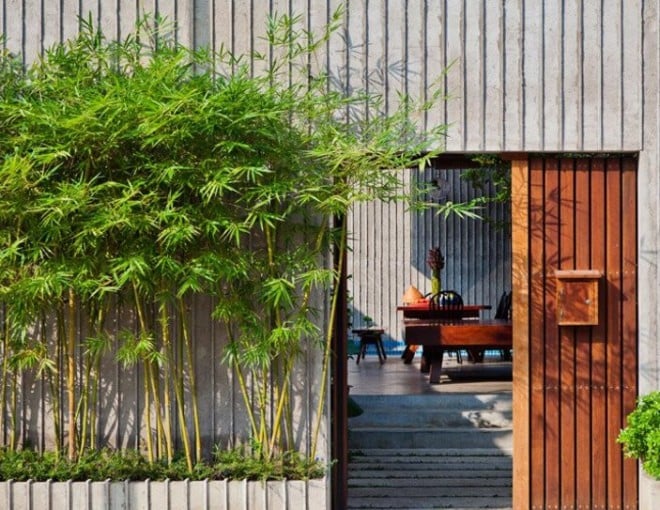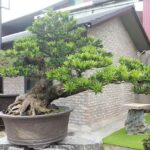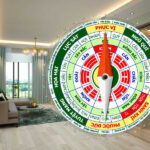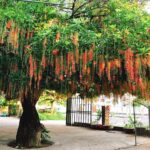Bamboo and tree ferns are a common sight in front of houses nowadays. However, ancient wisdom advises against it: “Don’t plant bamboo in front of your house, and don’t plant trees behind it.” Is this ancient advice still relevant today?
Should bamboo or tree ferns be planted in front of the house?
Bamboo and tree ferns have long been symbols of strength, unity, and resilience, even in harsh conditions. In feng shui, they are believed to bring prosperity, positive energy, good luck, and abundance. They are also thought to ward off evil spirits and bring peace and comfort to the family.
Many people hold the belief that planting bamboo or tree ferns in front of their homes will attract good fortune and create a positive flow of energy, thus bringing prosperity and success. Placing bonsai versions of these plants indoors can also enhance positive energy and create a sense of security and comfort.

In feng shui, bamboo and tree ferns are believed to bring prosperity and good luck.
This raises the question: does this practice contradict the teachings of ancient wisdom?
The ancients believed that bamboo and tree ferns have dense branches and leaves, which can block sunlight and wind from entering the house. This is thought to hinder the flow of wealth and prosperity into the home. Additionally, planting tall and large trees can make the house dark and gloomy, affecting the health and well-being of the family members.
Therefore, if you wish to plant bamboo or tree ferns in front of your house, it is advisable to do so in moderation and with regular pruning. Allowing these plants to grow wildly and unrestrained is not recommended.
Things to Consider When Planting Bamboo or Tree Ferns in Front of Your House
The ancient belief of “don’t plant bamboo in front of your house” is not without reason. Bamboo and tree ferns have rapid growth and strong root systems.
When planted in front of a house, their roots can easily invade the yard space and even damage the foundation. This is especially true if the soil is weak, as the roots can destabilize the foundation and compromise the safety of the house during storms or heavy rains.

Planting bamboo or tree ferns in front of your house requires regular pruning to maintain a balanced growth.
Additionally, the dense branches and leaves can block sunlight and wind, reducing airflow and creating a damp and dark environment. This can lead to the growth of mold and bacteria, and it may even attract unwanted insects and reptiles that can be harmful to your family’s health.
To mitigate these issues, consider planting bamboo or tree ferns in pots and placing them at a distance from your house. Regularly trim the plants and remove fallen leaves to prevent excessive growth and the potential for bacteria and insect infestations.
By following this simple advice, you can harness the positive energy these plants bring without causing any harm to your household.






































